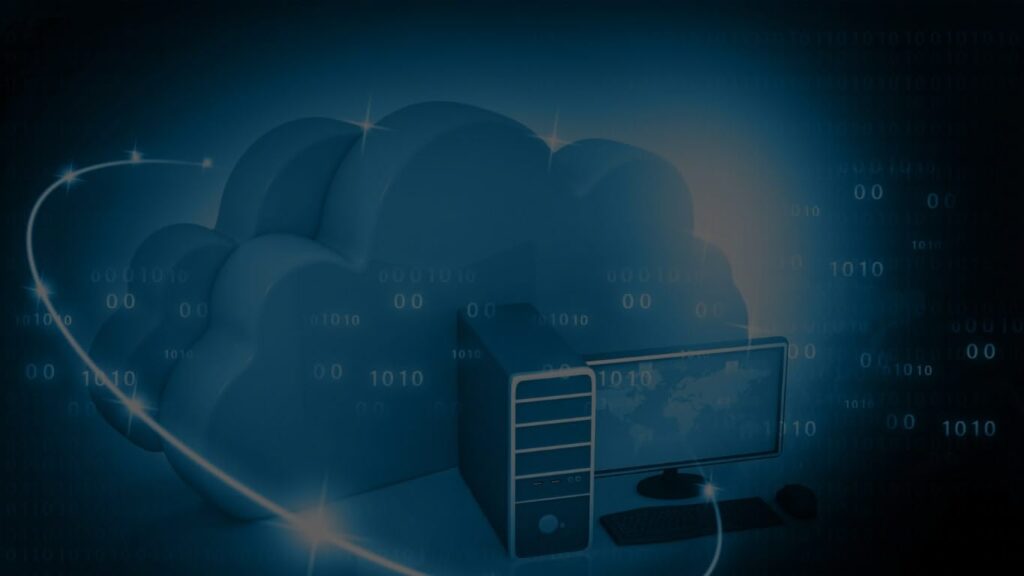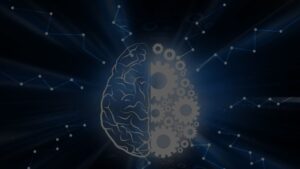AI and cloud computing aren’t just buzzwords anymore, they’re the forces shaping the future of IT. From smarter business decisions to faster, more secure data management, these technologies are changing how companies of every size work and grow. Over the past decade, AI and the cloud have moved from optional tools to must-haves, powering everything from apps to entire industries.
In this article, we’ll check how AI and cloud computing are driving the biggest IT trends, what this means for businesses, and why staying ahead of these changes is more important than ever.
The Synergistic Relationship Between AI and Cloud
Before diving deeper, it’s important to understand how these powerful technologies complement each other in ways that amplify their strengths.
Cloud as the Foundation for AI Innovation
Cloud computing provides the essential infrastructure that makes widespread AI implementation possible. In Charleston, South Carolina, the cloud’s massive storage capabilities and processing power are helping drive AI applications that would otherwise remain theoretical. Without this backbone, many AI advancements would not be practical.
Many organizations in Charleston struggling with outdated systems have discovered that local it support charleston sc providers can help them transition to cloud-based solutions that enable AI adoption. These local experts understand the unique challenges of regional businesses while bringing global tech insights.
The cloud offers virtually unlimited computing resources that scale on demand, perfect for running resource-intensive AI workloads without massive upfront hardware investments. This accessibility has democratized AI, allowing smaller businesses to leverage capabilities once reserved for tech giants.
How AI Is Revolutionizing Cloud Services
Meanwhile, AI is transforming how cloud services themselves operate. Cloud platforms now deploy AI to optimize resource allocation, predict system failures before they happen, and enhance security through pattern recognition.
Self-healing infrastructure represents one of the most exciting developments in this space. When AI detects potential issues, it can automatically reroute traffic, allocate additional resources, or even fix problems without human intervention. This dramatically reduces downtime and maintenance costs.
AI-driven automation has also significantly reduced the need for human monitoring of cloud systems. Tasks that once required 24/7 staffing can now be handled by intelligent systems that only escalate issues when human expertise is truly needed.
The partnership between these technologies creates a powerful feedback loop where each makes the other more effective and accessible. Let’s explore how businesses are implementing these technologies beyond the hype.
Enterprise Adoption Trends: Beyond the Hype
The real-world implementation of AI and cloud technologies shows these aren’t just buzzwords, they’re delivering measurable business value across industries.
Current State of Implementation
Adoption rates vary significantly by industry, with tech, financial services, and healthcare leading the charge.
Early adopters report impressive ROI metrics, including:
- 15-35% reduction in IT operational costs
- 20-50% faster time-to-market for new products
- Significant improvements in customer satisfaction metrics
However, implementation doesn’t come without challenges. Many organizations struggle with legacy system integration, skills gaps, and organizational resistance to change. Cybersecurity concerns also remain a top barrier to cloud adoption, particularly in heavily regulated industries.
The Democratization of Advanced Technologies
Perhaps the most exciting trend is how smaller businesses are now leveraging AI and cloud technologies through Tech Consulting Services. What once required millions in infrastructure investments can now be accessed through subscription models with minimal upfront costs.
Industry-specific cloud applications are gaining significant traction, with specialized solutions for sectors like healthcare, finance, and manufacturing. These tailored approaches address unique regulatory and operational requirements while delivering the benefits of cloud infrastructure.
The as-a-service model continues to expand beyond software (SaaS) to include platform (PaaS), infrastructure (IaaS), and even AI capabilities (AIaaS). This evolution means organizations can adopt precisely the level of technology they need without overinvesting.
As these technologies become more embedded in business operations, security considerations take center stage in the implementation conversation.
Cybersecurity in the Age of AI and Cloud
The convergence of AI and cloud creates both new security challenges and powerful new defensive capabilities.
The New Era of Cyber Threats
Today’s cybercriminals are increasingly using AI-powered tools to automate attacks, making them more sophisticated and harder to detect. This escalation requires equally advanced defensive measures.
Cloud environments, while generally secure, introduce unique vulnerabilities through their distributed architecture and shared responsibility models. Organizations must clearly understand where their security responsibilities begin and where their cloud providers end.
Many forward-thinking companies are implementing zero-trust security architectures that verify every user and every access request, regardless of location. This approach is particularly important in hybrid and multi-cloud environments where traditional network perimeters no longer exist.
Next-Generation Cyber Security Solutions
AI-enhanced security tools can now analyze vast amounts of data to detect subtle patterns that might indicate a breach. These systems learn over time, becoming increasingly effective at distinguishing between normal activity and potential threats.
Cloud-native security platforms provide integrated protection across applications, data, and infrastructure. This unified approach eliminates the security gaps that often exist between different point solutions.
Managed IT Service providers have become crucial partners in implementing comprehensive security strategies. They bring specialized expertise that many organizations can’t afford to maintain in-house, particularly for Remote IT Support functions that extend beyond traditional office environments.
As security becomes more embedded within cloud architecture, we’re seeing a parallel trend toward computing at the network edge.
The Rise of Edge Computing and Hybrid Models
While cloud computing has centralized many computing resources, a countertrend is emerging that brings some processing capability back to where data originates.
Decentralized Intelligence
Edge computing processes data closer to its source, on devices, local servers, or regional data centers, rather than sending everything to centralized cloud facilities. This approach offers significant advantages:
- Reduced latency for time-sensitive applications
- Lower bandwidth costs from filtering data locally
- Enhanced privacy by keeping sensitive data close to the source
- Improved reliability when internet connectivity is unreliable
Real-time analytics at the edge enables applications like autonomous vehicles, smart manufacturing, and responsive retail experiences that can’t afford the delay of sending data to distant cloud centers.
Seamless Integration Through Hybrid Architectures
Most organizations are adopting hybrid approaches that combine on-premises systems, cloud resources, and edge computing based on specific workload requirements.
Multi-cloud strategies, using services from multiple providers, continue gaining popularity as organizations seek to avoid vendor lock-in and leverage the unique strengths of different platforms.
Interoperability standards are becoming increasingly important as environments grow more complex. IT support teams must ensure smooth data flow and consistent security across these diverse environments.
The increasing sophistication of these distributed architectures demands new skills and expertise from IT professionals.
FAQs on AI and Cloud Computing
How will AI change the IT industry?
AI fosters collaboration, not replacement: IT professionals will not be replaced by AI, but rather empowered by it. AI will handle repetitive tasks, freeing up human expertise for strategic planning, system design, and creative problem-solving.
How is cloud computing changing the IT industry?
While it’s an ongoing process, cloud computing, among other technologies, can help companies go through the phases of a digital transformation faster and more efficiently. The benefits are faster time to market, simplified innovation and scalability, and reduced risk.
What is the future of cloud computing with AI?
Artificial Intelligence is the future, and cloud platforms are making efforts to integrate AI capabilities to enhance overall efficiency and security. By integrating AI with machine learning and predictive analytics, cloud providers will be able to automate a lot of processes and ensure the self-maintenance of the system.
Conclusion: What’s Next?
The convergence of AI and cloud computing is more than a trend, it’s a major shift in how technology drives business and society. Organizations that embrace these tools smartly will unlock new ways to innovate, adapt, and deliver real value.
Success will come to those who balance tech adoption with human expertise. IT professionals who grow their skills in these areas will be key guides. True progress lies in using AI and cloud to fuel meaningful human and business achievements.






